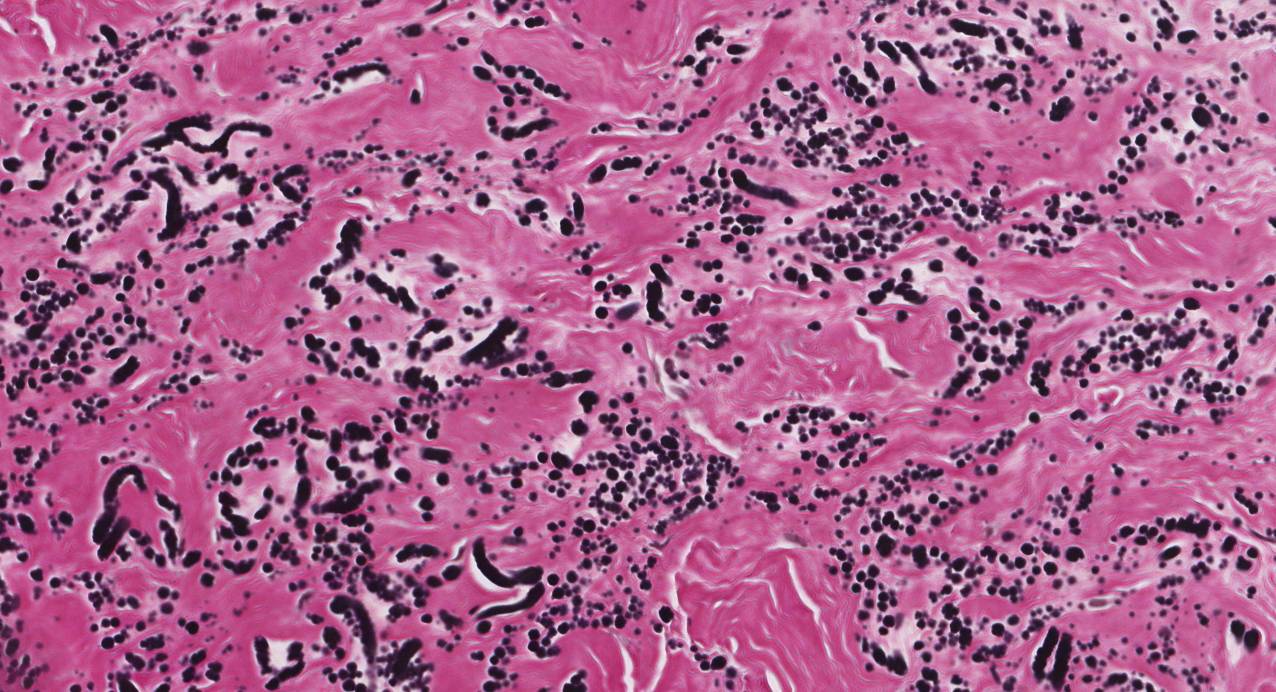By Jason Wasserman MD PhD FRCPC
August 14, 2024
Background:
An elastofibroma is a rare, benign (noncancerous) growth that usually develops in the soft tissues near the shoulder blades. It is made up of a mixture of fibrous tissue (similar to scar tissue) and abnormal elastic fibers (the fibers that give skin and other tissues their stretchiness). Elastofibromas are most often found in older adults and are more common in women. Although they can grow to a significant size, elastofibromas are not harmful and do not spread to other parts of the body.
What are the symptoms of an elastofibroma?
Many people with an elastofibroma do not experience any symptoms, and the growth is often found incidentally during imaging tests for other conditions. When symptoms do occur, they may include:
- A lump or swelling: The elastofibroma may cause a noticeable lump or swelling near the shoulder blade.
- Pain or discomfort: Some people may feel pain or discomfort in the affected area, especially when moving the shoulder.
- Clicking or snapping: Movement of the shoulder blade may cause a clicking or snapping sensation if the elastofibroma is large.
What causes an elastofibroma?
The exact cause of elastofibroma is not well understood. However, it is believed to develop due to repetitive mechanical stress or friction between the shoulder blade and the underlying ribs. This stress may lead to the formation of abnormal fibrous and elastic tissues. Elastofibroma is not inherited, meaning it does not run in families, and it is not associated with any specific genetic changes.
Microscopic features of elastofibroma
Under the microscope, an elastofibroma consists of two main components: fibrous tissue and abnormal elastic fibers. The fibrous tissue resembles scar tissue and appears as dense, collagen-rich areas. The elastic fibers, which give the growth its name, are thick and irregular, often forming clumps or rope-like structures. These fibers may appear darker when stained with special stains used in the laboratory. The combination of these two elements gives elastofibroma its characteristic appearance, which helps pathologists distinguish it from other types of soft tissue growths.




